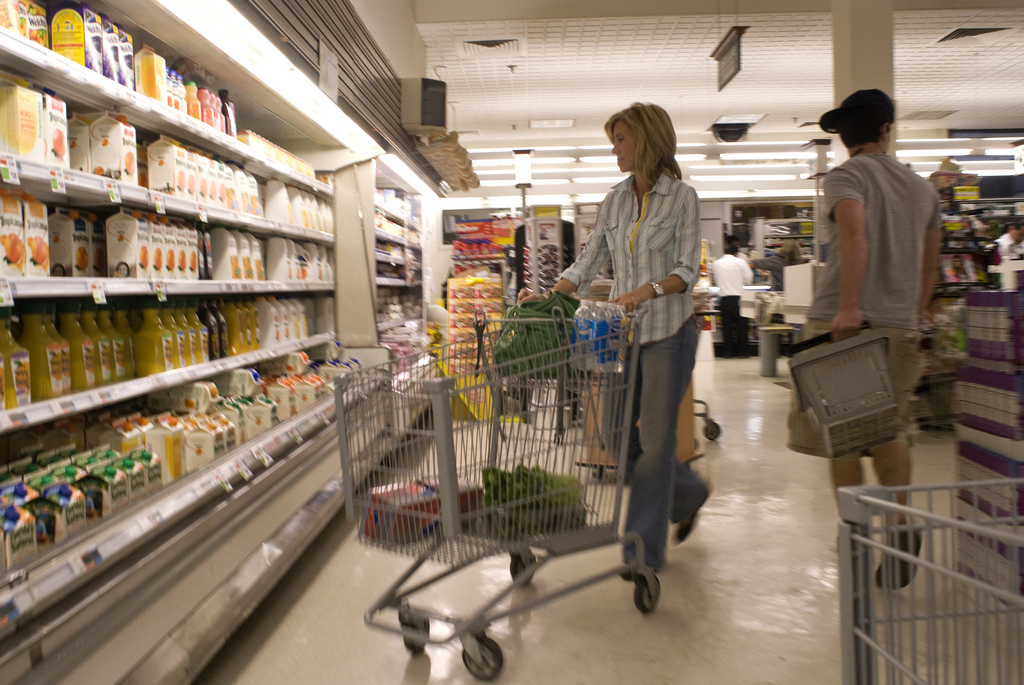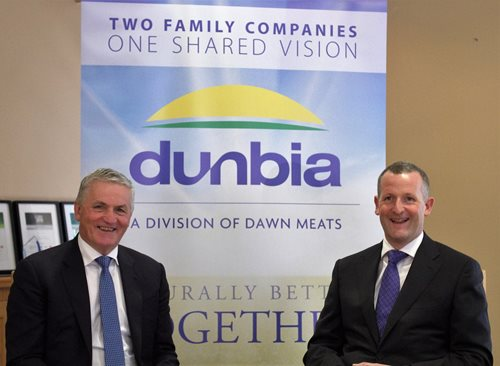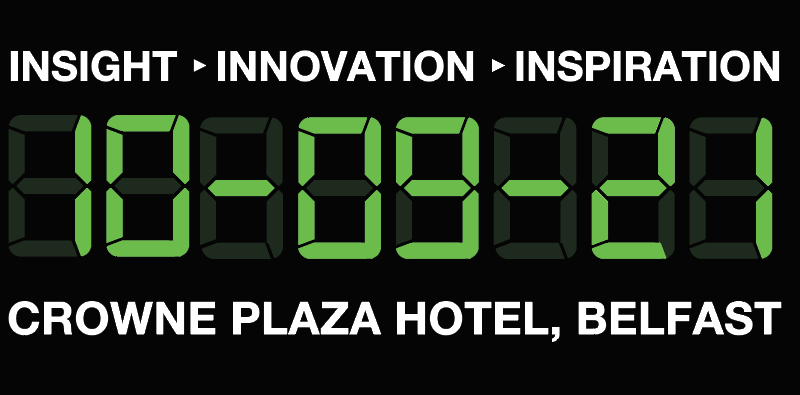IGD market forecast for 2019

The Institute of Grocery Distribution (IGD) predicts the convenience channel will grow by £7.1bn by 2023 but online retail and discounters will continue to dominate.
Educational and training charity, IGD are at the heart of the retail industry working closely with retailers, manufacturers, primary producers, and service providers to understand and address key issues as well as provide intelligence on shoppers, retailing and supply chains, and on wider issues such as health, nutrition, sustainability and economics.
James Walton, chief economist at IGD told Neighbourhood Retailer: “2018 was another challenging year for grocery retail, with inflation dissipating and trading very sluggish. We saw consolidation activity in both retail and wholesale, as operators sought greater scale and efficiency.
With household prosperity under real pressure, price competition remained tough, which is where price-led retailers came in and did well. Suppliers and retailers responded with vigour, however, and the market saw rapid development in many areas. In particular, we saw businesses investing in areas such as convenience, experimentation, health and nutrition, personalisation and social responsibility to meet changing shopper needs. Retailers that continue focus on these areas should be well-positioned in the years ahead.
Challenges for 2019
James continued: “The most immediate challenge for businesses across the grocery supply chain is undoubtedly Brexit. At the time of writing (January 2019) we still have no idea what form Brexit will take or what the timing may be. However, businesses have a responsibility to minimise the impact of Brexit on shoppers as best they can, and IGD is working with them to do this. We have therefore been urging businesses to plan for a “worst-case” Brexit, which would mean no exit deal, no trade deal, and no transition period. Preparing for Brexit and dealing with the consequences is likely to occupy a good deal of time in early 2019, and we need to make sure that our sector is in a position where it is fit for the future once Brexit concludes.
Channel Forecasts
| 2018 value | 2023 value | Change in value | |
| (£bn) | (£bn) | (%) | |
| 2018-23 | |||
| Hypermarkets | 16.4 | 16.7 | 1.4 |
| Supermarkets | 89.1 | 95.9 | 7.7 |
| Convenience | 40.1 | 47.2 | 17.6 |
| Discounters* | 23.1 | 31.5 | 36.7 |
| Online | 11.4 | 17.3 | 52.4 |
| Other retailers** | 10.2 | 9.9 | -3.5 |
| Total | 190.3 | 218.5 | +14.8 |
Continued growth for discounters
Discount will make the biggest contribution to cash growth increasing by £8.5bn (+37 percent) by 2023. This sector will be driven by rapid physical expansion, with like-for-like growth supported by upgrades to existing stores. While discount growth will slow, it will still be the fastest growing channel in cash terms over the next five years. Physical expansions will continue to drive channel growth as retailers establish stores in new areas that offer a much more supermarket-like experience to shoppers. High quality store interiors, better customer facilities and enhancements to core categories are set to build customer engagement across a broader range of categories.
“Food discounters are benefiting from targeted investment in key categories such as fresh produce, meat and bakery, along with improvements to the in-store environment and facilities, making stores much more comparable to supermarkets,” said Simon Wainwright, director of insight at IGD.
“Variety discounters will see strong growth from investment in more store openings, but we will see this balance out with closures elsewhere. Opportunities for these retailers lie in developing the food-for-now and impulse grocery offers, taking a more flexible approach to formats, offering more unique and exciting products, and delivering compelling seasonal events. With almost eight out of 10 (77 percent) of shoppers now saying they buy food from variety discounters every month, understanding shopper motivations and behaviour in this channel has never been more important.”
Online retail still key
Online will be the fastest growing channel: (+52 percent over the next five years). Smaller and more recent channel entrants will drive growth as they scale up their operations and target emerging shopper needs. More established players will step up their use of web analytics to improve and personalise shoppers’ online experience. Indeed, two-thirds (61 percent) of online grocery shoppers say they would like it if online retailers personalised special offers based on what they buy regularly. More rapid and flexible fulfilment options will boost growth, such as click and collect services from more convenient locations such as local c-stores, places of work and unattended lockers. 34 percent of online grocery shoppers show an in interest in these services.
“Growth is increasingly being driven by recent entrants to the channel and more delivery options. But we’re seeing more ambition from the Big Four as well, making ordering easier, improving picking, new capacity and faster deliveries, said Simon. “Analytics are also being utilised more effectively to target customers with more personalised content. Rising customer service expectations are encouraging the development of more rapid delivery services and other technological responses such as unattended delivery solutions.”
Improving prospects in convenience
Though its market share will only grow modestly, the convenience channel will deliver the second biggest gain in sales as it meets the growing demand for smaller and more frequent shopping trips. IGD has identified younger shoppers and food-to-go as key initiatives coming through for the channel, with 42 percent of 18-24 convenience shoppers conducting a food-to-go shop on their last visit (vs. 25 percent of all c-store shoppers).
Simon continued: “Major opportunities exist for making c-stores front of mind for shopping trips, particularly those that help shoppers save time. Younger shoppers are key to growth as they are predisposed to shopping at c-stores for more shopping missions than older shoppers. Having grown up in the era of ‘new convenience’, offering wider ranges, longer opening hours and supermarket quality, younger generations will be key to driving ongoing growth, but have high expectations that need to be met.”
Supermarkets remain competitive
Supermarkets and hypermarkets will experience some growth, following investments to improve the shopper experience. IGD’s forecast for supermarkets continues to be positive, with the channel strengthened by current trading momentum. While growth is set to dip in 2019 as food inflation wanes, recovery is expected as improvements to stores help lift volumes and create an appealing in-store experience for family shoppers. Indeed, over half (53 percent) of large store shoppers agree that shopping in bigger stores is more enjoyable as there is more time to browse. This rises to 60 percent among those with children.
“Supermarkets are now better at defending their position against discounters as they become easier to shop with a focus on product quality and innovation, offering services and products that discounters don’t with fast payments and by promoting omnichannel strengths,” said Simon.
“Maintaining appeal to shoppers will be a continuing challenge as shoppers migrate to more smaller and easier-to-shop formats and online sales evolve at pace. Underused hypermarket grocery space is expected to be converted for use by concessions and we anticipate this helping to strengthen the destination status of large stores and provide new reasons for shoppers to visit. Combining the grocery space and refining the non-food offer also should make stores easier and faster to shop for smaller basket shoppers.”






